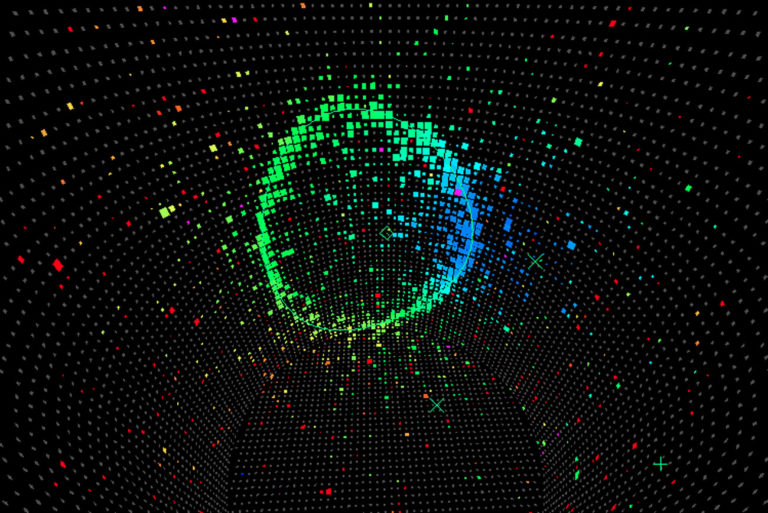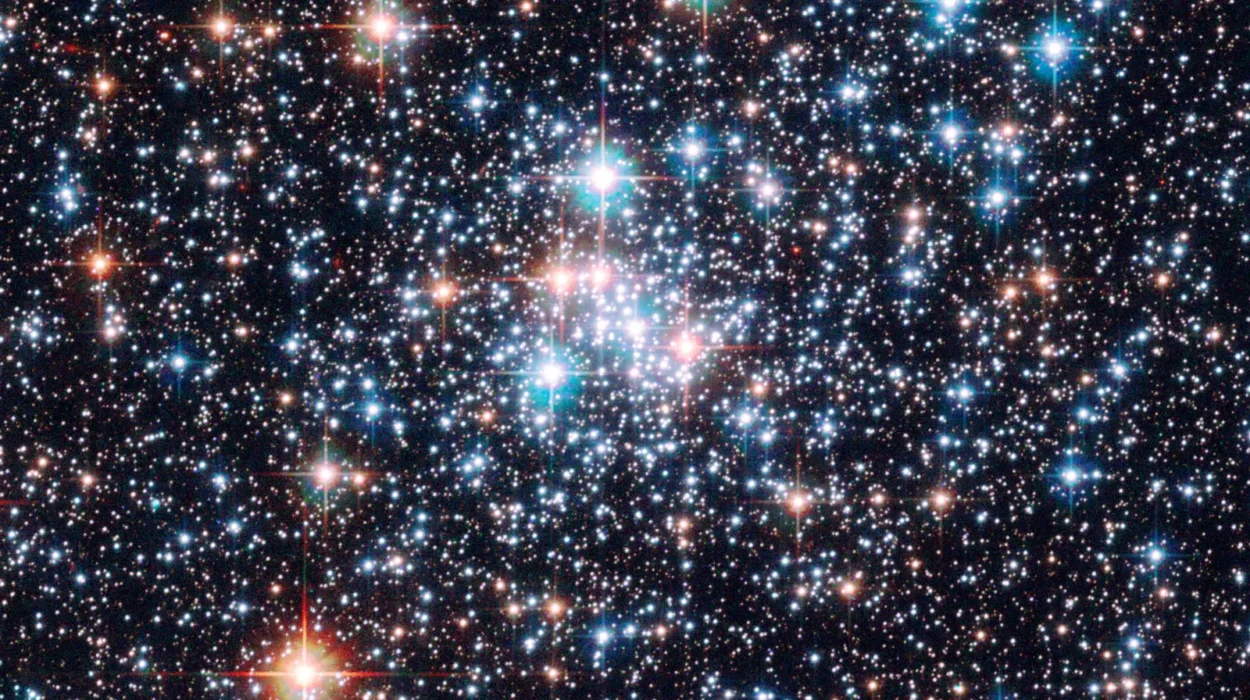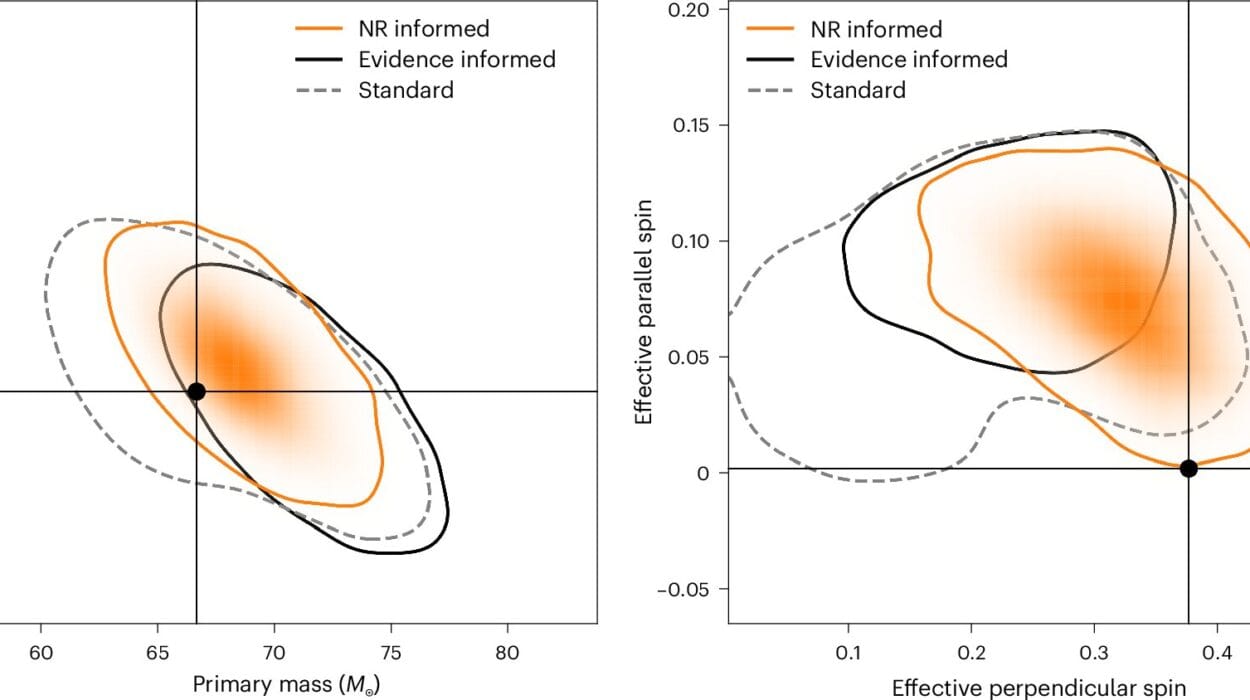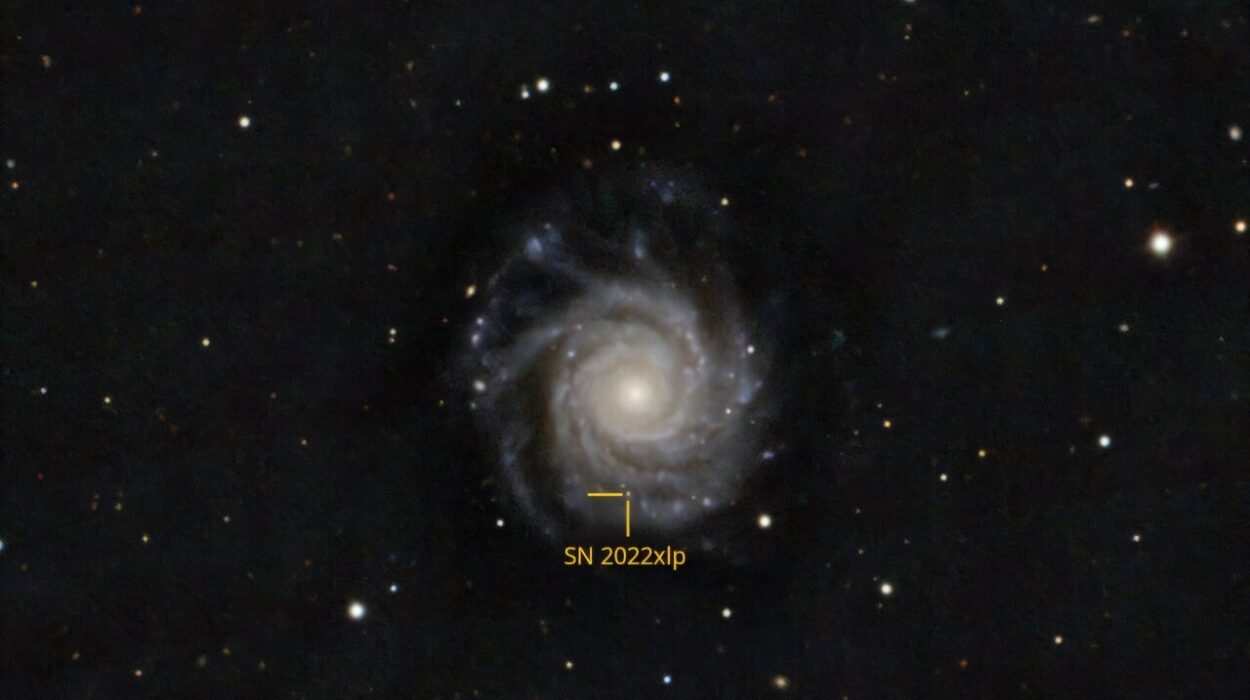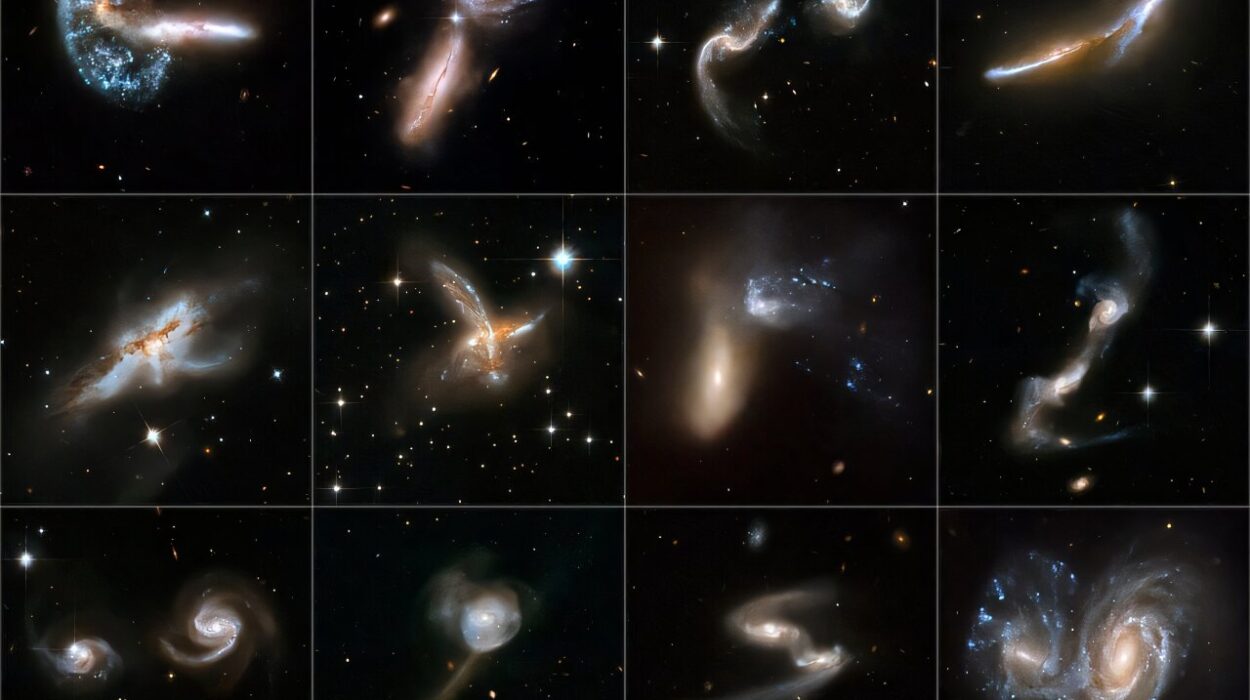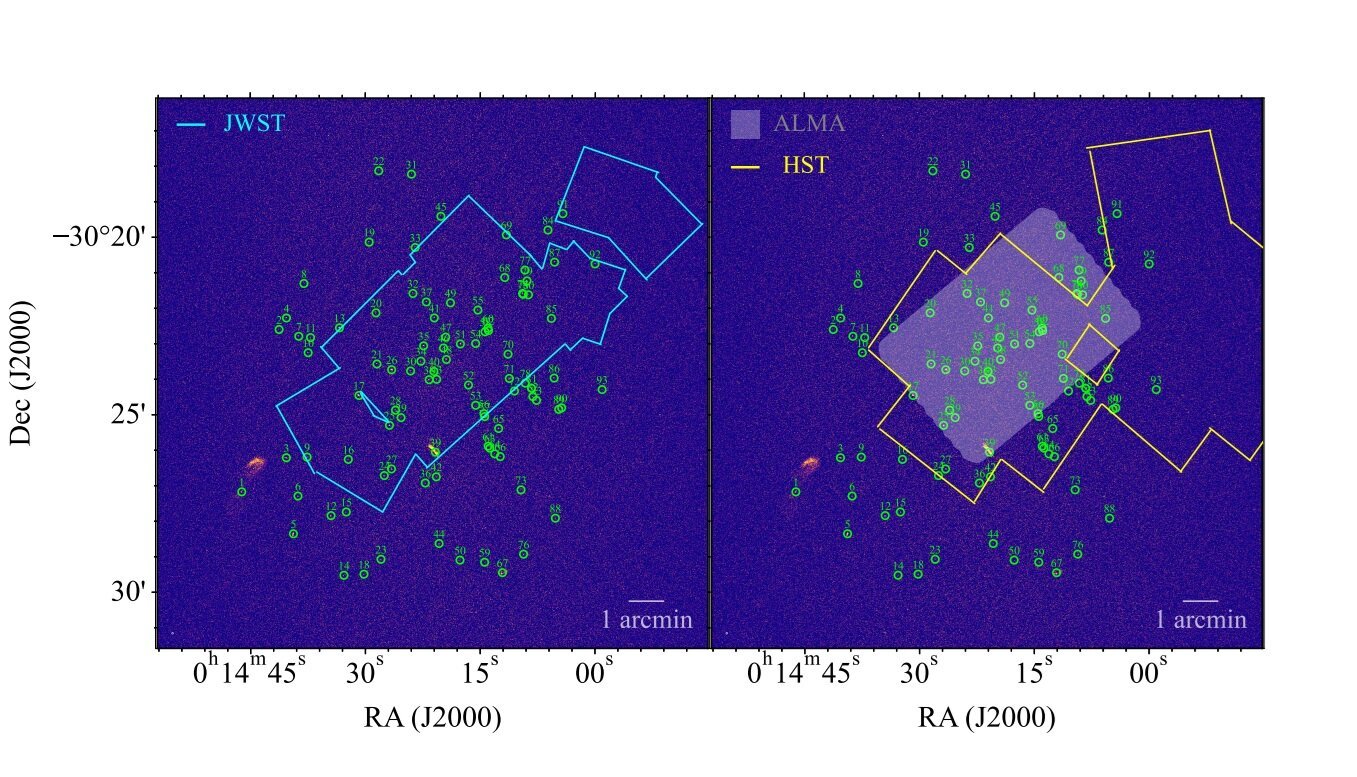In the vast and complex realm of physics, few particles have captured the imagination of scientists and laypeople alike like neutrinos. These elusive, nearly massless subatomic particles travel through space and matter almost undisturbed, providing an unusual yet profound glimpse into the inner workings of the universe. Despite their ghostly nature, neutrinos hold the key to solving some of the most profound mysteries of the cosmos.
Neutrinos are often referred to as the “ghost particles” because they rarely interact with matter, making them incredibly difficult to detect. They are the most abundant particles in the universe, yet for a long time, their role in cosmology and astrophysics remained a mystery. As technology advanced and detection methods became more sophisticated, scientists discovered that neutrinos offer an extraordinary tool for exploring phenomena that were previously beyond our reach.
In this article, we will explore the fascinating role neutrinos play in helping scientists understand the universe. We will examine their origins, how they shape our understanding of fundamental physics, their role in stellar processes, and their potential to unlock the secrets of dark matter, dark energy, and even the early universe itself.
What are Neutrinos?
Neutrinos are elementary particles that belong to the family of leptons, which also includes electrons, muons, and taus. Unlike other particles, neutrinos have no electric charge and interact only via the weak nuclear force, one of the four fundamental forces in the universe. This makes them incredibly difficult to detect, as they pass through matter without leaving much of a trace.
There are three types (or “flavors”) of neutrinos: electron neutrinos, muon neutrinos, and tau neutrinos. Each type corresponds to its associated lepton — the electron, muon, or tau — and they oscillate between these states as they travel through space. This oscillation was one of the key pieces of evidence that proved neutrinos have mass, a discovery that shook the foundations of particle physics and led to the development of new theories about the universe.
The Discovery of Neutrinos
Neutrinos were first proposed by the physicist Wolfgang Pauli in 1930 as a theoretical solution to a puzzle that arose from the study of beta decay. During this process, a neutron decays into a proton, emitting an electron and a neutrino. Pauli suggested the neutrino’s existence to account for the missing energy in the decay process, as there was no other way to explain the discrepancy.
In 1956, American physicists Clyde Cowan and Frederick Reines detected neutrinos in a laboratory experiment. They observed the interaction of neutrinos with protons in a tank of water, confirming Pauli’s hypothesis. For this groundbreaking work, Reines was awarded the Nobel Prize in Physics in 1995.
However, the challenge of detecting neutrinos did not end with their discovery. Neutrinos interact so weakly with matter that billions of them pass through our bodies every second without us noticing. It took decades of innovation and refinement in detector technology to create the sophisticated neutrino observatories we use today.
Neutrinos and the Sun: The Inner Workings of Stars
One of the most significant contributions neutrinos have made to our understanding of the universe lies in their ability to reveal information about the Sun. For centuries, scientists have wondered what powers the Sun and other stars. The answer came through the study of nuclear fusion.
In the Sun’s core, hydrogen nuclei fuse together to form helium, releasing a tremendous amount of energy in the process. This energy is emitted as light and heat, which is what makes the Sun shine. But there is also another product of this fusion process: neutrinos.
The Sun produces an enormous number of neutrinos every second. In fact, trillions of neutrinos pass through your body every second without you noticing. These neutrinos provide a direct link to the core of the Sun, a region that is otherwise impossible to study directly due to the intense heat and pressure. By detecting these neutrinos, scientists have been able to confirm our understanding of the Sun’s fusion process, offering insights into how stars generate energy.
For decades, scientists had a challenging time detecting these solar neutrinos. The problem was that they interacted so weakly with matter that very few of them were captured by Earth-based detectors. The breakthrough came with the construction of the Homestake experiment, led by Raymond Davis Jr. in the 1960s, which used a large tank of perchloroethylene to capture solar neutrinos. Despite detecting far fewer neutrinos than predicted, this experiment provided important clues about the Sun’s energy production.
Later, the Sudbury Neutrino Observatory in Canada made an even more significant contribution by measuring the missing neutrinos and showing that they were oscillating between different flavors. This discovery, known as the “solar neutrino problem,” helped scientists refine their understanding of neutrinos and led to a deeper understanding of the Sun’s internal processes.
Neutrinos in Supernovae: A Cosmic Cataclysm
Another way neutrinos help scientists understand the universe is by providing a window into the catastrophic events of supernovae. A supernova is the explosive death of a massive star, resulting in the release of an enormous amount of energy. The collapse of the star’s core generates an intense burst of neutrinos, which carry away most of the energy from the explosion.
When a supernova occurs, neutrinos are emitted in massive quantities, and they escape the star almost instantly, traveling freely through space. The discovery of neutrinos from a supernova provided a breakthrough in our understanding of these violent cosmic events.
In 1987, neutrinos from Supernova 1987A, located in the Large Magellanic Cloud, were detected by the Kamiokande detector in Japan and the IMB detector in the United States. This was the first time that neutrinos from a supernova had been observed, and it provided valuable information about the mechanisms behind these stellar explosions.
The detection of supernova neutrinos was a monumental achievement because it confirmed the theoretical models of how supernovae occur. Before this, much of what we knew about supernovae was based on theoretical predictions and observations of their aftermath. Neutrinos, however, provided a direct measurement of the processes taking place in the heart of the explosion. By studying these neutrinos, scientists have been able to understand better how the core of a star collapses, how neutrinos interact with matter, and how they help drive the explosion.
Neutrinos and the Search for Dark Matter
Dark matter is one of the most mysterious substances in the universe. It makes up about 27% of the universe’s mass-energy content, yet it does not emit, absorb, or reflect any electromagnetic radiation, making it invisible to current telescopes. Despite its invisible nature, scientists know that dark matter exists because of its gravitational effects on visible matter.
While neutrinos are not considered a primary candidate for dark matter, their study has provided valuable insights into the search for this elusive substance. Neutrinos themselves are part of the broader category of “dark” particles, in the sense that they are incredibly difficult to detect and interact weakly with matter. However, the discovery of neutrino oscillations and their mass has led researchers to consider the possibility that there may be other, heavier neutrino-like particles that could contribute to the dark matter that permeates the universe.
Researchers in the field of astrophysics and cosmology are using neutrinos to better understand the distribution of dark matter in galaxies. The study of neutrinos’ behavior and their interactions with other matter could help scientists develop better models for the unseen forces shaping the universe. Additionally, experiments that study high-energy neutrinos from distant galaxies may one day reveal more about the nature of dark matter and how it interacts with ordinary matter.
Neutrinos and the Early Universe
The study of neutrinos also plays a critical role in understanding the origins of the universe itself. The early universe was a chaotic, violent place, filled with particles and radiation. During the first few minutes after the Big Bang, the universe was so hot and dense that neutrinos, along with other particles, were created in vast quantities.
The study of these “relic neutrinos” provides insights into the conditions that existed just after the Big Bang, offering a glimpse into the very early moments of the universe’s existence. This is because neutrinos interact so weakly with matter that they can travel across the cosmos without being significantly altered by the forces of gravity or radiation.
By studying the cosmic neutrino background, scientists can better understand the processes that occurred during the first few moments of the universe’s existence. Neutrinos could even help solve the puzzle of the universe’s apparent “flatness,” as they provide direct evidence of the early conditions that led to the formation of the universe as we know it.
The Future of Neutrino Research
The future of neutrino research holds exciting possibilities. As technology continues to advance, detectors are becoming more sensitive, and new experiments are being launched to study neutrinos in greater detail. These experiments will not only provide deeper insights into the properties of neutrinos but could also help uncover new physics beyond the Standard Model.
One of the most ambitious projects in the field is the Deep Underground Neutrino Experiment (DUNE), which is set to be conducted at the Fermi National Accelerator Laboratory in Illinois, USA. This experiment aims to study neutrino oscillations in great detail and investigate their role in the creation of matter in the universe.
Another significant development is the IceCube Neutrino Observatory, located at the South Pole, which is designed to detect high-energy neutrinos from distant astrophysical sources. IceCube’s detectors are embedded in the Antarctic ice, providing a unique environment for studying the high-energy neutrinos that are produced in extreme cosmic events like gamma-ray bursts and active galactic nuclei.
These and other projects will allow scientists to continue pushing the boundaries of our knowledge and understanding of the universe. Neutrinos may remain elusive and mysterious, but their role in unlocking the secrets of the cosmos is undeniable.
Conclusion
Neutrinos, the ghostly particles that permeate the universe, are much more than a curiosity of particle physics. They have become an essential tool in the quest to understand the universe at its most fundamental level. From revealing the secrets of the Sun’s core to providing a window into supernovae and the early moments of the Big Bang, neutrinos have opened up new avenues of discovery in astrophysics, cosmology, and particle physics.
As our understanding of these elusive particles continues to grow, we are likely to uncover even more profound insights into the nature of the universe, its origins, and the forces that govern it. The study of neutrinos is one of the most exciting frontiers in science today, and as technology improves, it will no doubt continue to shape our understanding of the cosmos in ways we cannot yet fully imagine.
